When learning to code in Python, one of the first concepts you’ll encounter is booleans. Booleans are values that help a program decide what to do next. Should it run a certain block of code? Is a condition true or false? Booleans make that possible. This guide breaks down booleans in Python , starting from the basics to their uses, with simple explanations and clear examples that are easy to follow. ## What Are Booleans in Python? A boolean is a data type in Python that has only two possible values : * True * False These values aren’t strings or variables — they’re built-in constants in Python. They’re used in conditions and logic statements to control how your program flows. ### Check the Type You can confirm that True and False are boolean types: _print(type(True)) # _ _print(type(False)) # _ They belong to Python’s bool type, which is short for boolean. ## Why Are Booleans Important? Booleans help control logic in a program. Any decision — like checking if a user is old enough or if a number is even — will involve booleans. Without booleans, your program would have no way of knowing what to do in response to conditions. Booleans power: * If-else conditions * Loops * Function returns * Error checking * Input validation ## Boolean Expressions and Comparisons A boolean expression is any statement that evaluates to True or False. In Python, these usually come from comparison operators. ### Comparison Operators in Python print(10 == 10) # True print(5 != 3) # True print(7 > 9) # False print(3 <= 3) # True Here’s what the operators mean: Operator | Meaning -–|— == | Equals != | Not equals > | Greater than < | Less than >= | Greater or equal <= | Less or equal Every comparison returns a boolean value. ## Boolean Operators: and, or, not You can also combine conditions using boolean operators. Python has three main ones: ### and Operator Both sides must be True for the result to be True. print(True and True) # True print(True and False) # False ### or Operator Only one side needs to be True. print(False or True) # True print(False or False) # False ### not Operator Reverses a boolean value. print(not True) # False print(not False) # True ## Truthy and Falsy Values in Python Not everything in Python is strictly True or False. Some values act as true or false in conditional contexts. ### Falsy values: * None * False * 0 or 0.0 * "" (empty string) * [], {}, () (empty containers) Everything else is considered truthy. ### Example: if “”: print(“Truthy”) else: print(“Falsy”) # This will print Empty strings and containers are treated as False by default. ## Using Booleans in if Statements Booleans come into play most commonly inside if statements. ### Example: temperature = 35 if temperature > 30: print(“It’s a hot day”) else: print(“It’s not that hot”) Here, temperature > 30 evaluates to True, so the first block runs. ## Using elif with Booleans  You can also use multiple conditions with elif. score = 85 if score >= 90: print(“Grade: A”) elif score >= 80: print(“Grade: B”) # This will print else: print(“Grade: C”) Each condition returns a boolean, and the first True one gets executed. ## Boolean Logic in Loops Booleans also control loop behavior, especially while loops. ### Example: counter = 0 while counter < 5: print(“Counter is”, counter) counter += 1 The loop continues while the boolean expression counter < 5 remains True. ## Functions That Return Boolean Values You can write functions that return True or False based on logic. ### Example: def is_even(number): return number % 2 == 0 print(is_even(6)) # True print(is_even(7)) # False This is useful when validating inputs or checking conditions in your code. ## Combining Multiple Conditions You can combine multiple boolean expressions using and or or. ### Example: age = 25 has_id = True if age >= 18 and has_id: print(“Entry allowed”) else: print(“Access denied”) You can also group logic using parentheses for clarity: if (age > 18 and has_id) or age > 65: print(“Allowed by rule”) ## Short-Circuit Evaluation Python is smart. It stops evaluating expressions as soon as the outcome is known. This is called short-circuiting. ### Example: def expensive_check(): print(“Function ran”) return True print(False and expensive_check()) # Only False is printed Since False and anything is always False, Python skips calling the function. ## Using Boolean Flags Boolean variables can be used as flags to track states in your program. ### Example: download_complete = False def complete_download(): global download_complete download_complete = True complete_download() if download_complete: print(“You can now open the file”) Flags are helpful in games, web apps, and system monitoring. ## The Ternary Operator
You can also use multiple conditions with elif. score = 85 if score >= 90: print(“Grade: A”) elif score >= 80: print(“Grade: B”) # This will print else: print(“Grade: C”) Each condition returns a boolean, and the first True one gets executed. ## Boolean Logic in Loops Booleans also control loop behavior, especially while loops. ### Example: counter = 0 while counter < 5: print(“Counter is”, counter) counter += 1 The loop continues while the boolean expression counter < 5 remains True. ## Functions That Return Boolean Values You can write functions that return True or False based on logic. ### Example: def is_even(number): return number % 2 == 0 print(is_even(6)) # True print(is_even(7)) # False This is useful when validating inputs or checking conditions in your code. ## Combining Multiple Conditions You can combine multiple boolean expressions using and or or. ### Example: age = 25 has_id = True if age >= 18 and has_id: print(“Entry allowed”) else: print(“Access denied”) You can also group logic using parentheses for clarity: if (age > 18 and has_id) or age > 65: print(“Allowed by rule”) ## Short-Circuit Evaluation Python is smart. It stops evaluating expressions as soon as the outcome is known. This is called short-circuiting. ### Example: def expensive_check(): print(“Function ran”) return True print(False and expensive_check()) # Only False is printed Since False and anything is always False, Python skips calling the function. ## Using Boolean Flags Boolean variables can be used as flags to track states in your program. ### Example: download_complete = False def complete_download(): global download_complete download_complete = True complete_download() if download_complete: print(“You can now open the file”) Flags are helpful in games, web apps, and system monitoring. ## The Ternary Operator 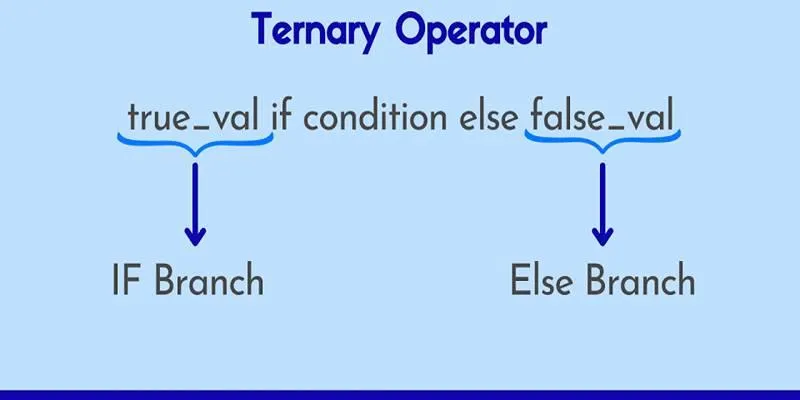 Python supports inline conditional expressions, also called ternary operators. ### Syntax: result = value_if_true if condition else value_if_false ### Example: age = 17 status = “Adult” if age >= 18 else “Minor” print(status) # Minor It’s great for writing short decisions. ## Boolean Values in Lists and Filtering You can even filter data using booleans. Here’s an example using list comprehension: numbers = [1, 2, 3, 4, 5, 6] even_numbers = [n for n in numbers if n % 2 == 0] print(even_numbers) # [2, 4, 6] The expression n % 2 == 0 returns True for even numbers only. ## Common Boolean Mistakes Here are a few things to avoid: * Using = instead of == in comparisons * Forgetting that False, None, and empty values behave similarly * Mixing up lowercase and uppercase: true is not valid in Python (use True) ### Example: value = 5 if value = 5: # SyntaxError (should be ==) print(“Match”) ## Conclusion In Python, booleans are the foundation of logical thinking and decision- making. They allow your programs to evaluate conditions, control the flow of code, and respond dynamically to user input or data. Whether you’re comparing values, looping through items, or managing system states, boolean values like True and False play a vital role. Mastering booleans helps you write more precise, readable, and efficient code. From simple conditionals to advanced logic, they appear in nearly every Python project. With a solid grasp of boolean logic, you’re now better equipped to build smarter and more interactive applications.
Python supports inline conditional expressions, also called ternary operators. ### Syntax: result = value_if_true if condition else value_if_false ### Example: age = 17 status = “Adult” if age >= 18 else “Minor” print(status) # Minor It’s great for writing short decisions. ## Boolean Values in Lists and Filtering You can even filter data using booleans. Here’s an example using list comprehension: numbers = [1, 2, 3, 4, 5, 6] even_numbers = [n for n in numbers if n % 2 == 0] print(even_numbers) # [2, 4, 6] The expression n % 2 == 0 returns True for even numbers only. ## Common Boolean Mistakes Here are a few things to avoid: * Using = instead of == in comparisons * Forgetting that False, None, and empty values behave similarly * Mixing up lowercase and uppercase: true is not valid in Python (use True) ### Example: value = 5 if value = 5: # SyntaxError (should be ==) print(“Match”) ## Conclusion In Python, booleans are the foundation of logical thinking and decision- making. They allow your programs to evaluate conditions, control the flow of code, and respond dynamically to user input or data. Whether you’re comparing values, looping through items, or managing system states, boolean values like True and False play a vital role. Mastering booleans helps you write more precise, readable, and efficient code. From simple conditionals to advanced logic, they appear in nearly every Python project. With a solid grasp of boolean logic, you’re now better equipped to build smarter and more interactive applications.
A Beginner’s Complete Guide to Booleans in Python Programming
On this page
Related Articles

IMPACT
AI in Blogging: Pros and Cons You Need to Know Before Getting Started

TECHNOLOGIES
How AI is Transforming Marketing Strategies and Processes in 2025: An Overview

IMPACT
How AI is Transforming Multilingual Education and Overcoming Language Barriers

IMPACT
AI in Standardized Testing: A Closer Look at Ethical Concerns

IMPACT
3 Inspirational Stories of Leaders in AI Who Are Changing the World
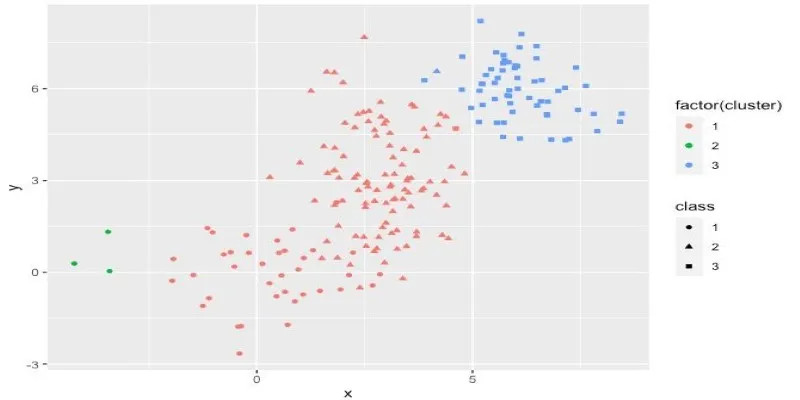
TECHNOLOGIES
Clustering in R: How to Identify Meaningful Data Patterns

APPLICATIONS
How AI is Revolutionizing Energy Use in Smart Grids and Power Systems

IMPACT
AI’s Impact on Sports Analytics: Changing the Game with Data
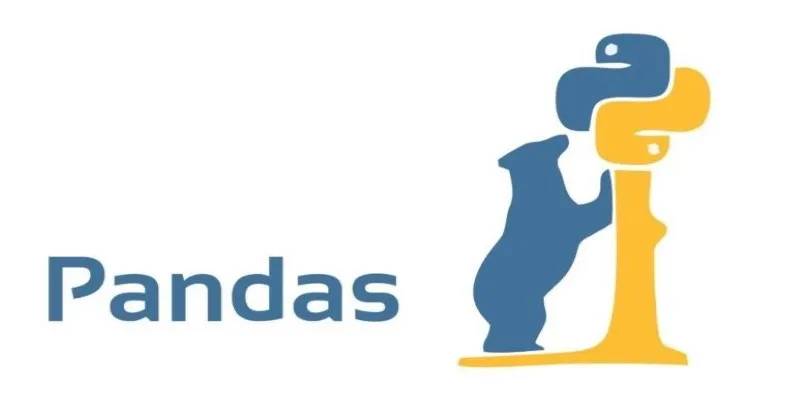
BASICTHEORY
Getting Started with Pandas in Python: A Data Analyst’s Best Friend
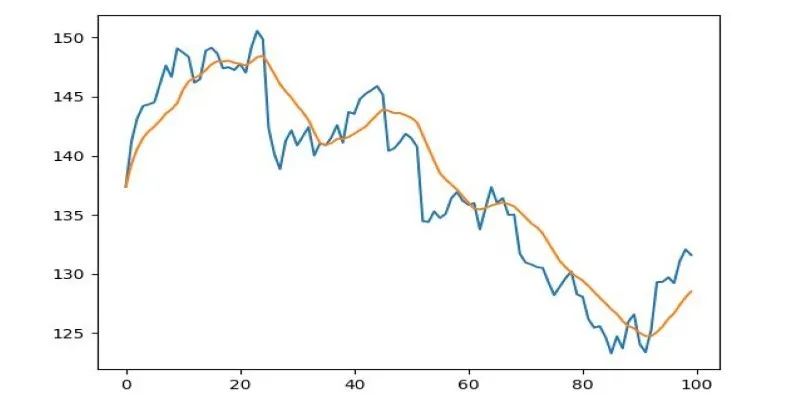
APPLICATIONS
Understanding and Calculating Moving Averages in Python

IMPACT
What Are the Key Benefits of Using Natural Language Processing in Business

IMPACT
How AI in Customer Services Can Transform Your Business for the Better
Popular Articles

APPLICATIONS
How AI is Shaping Market Analysis and Predicting Consumer Behavior

APPLICATIONS
Embedding AI in Supply Chains: Boost Speed and Cost Efficiency

IMPACT
Strong AI vs. Weak AI: Understanding the Differences That Matter

TECHNOLOGIES
Transforming a Pennsylvania Coal Plant into an Artificial Intelligence Data Center

APPLICATIONS
How Hugging Face Plans to Build Open-Source Robots After Pollen Acquisition

TECHNOLOGIES
The Power of AI: How It's Changing the Way Businesses Serve Customers

TECHNOLOGIES
March Madness AI Predictions of NCAA Brackets

BASICTHEORY
Hyundai Introduces Dedicated Brand to Shape the Software-Defined Vehicle Era

IMPACT
Use ChatGPT to Improve Your Writing and Storytelling Techniques
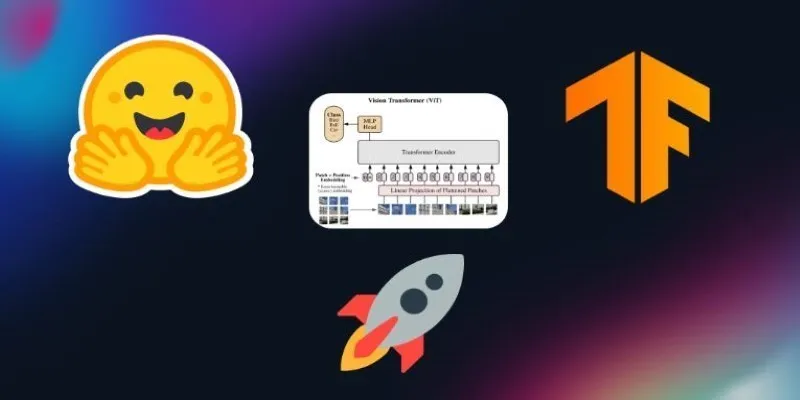
APPLICATIONS
How to Serve TensorFlow Vision Models Using TF Serving and Share via Hugging Face

TECHNOLOGIES
20 Essential Tools Every Python Developer Should Know

APPLICATIONS
 zfn9
zfn9